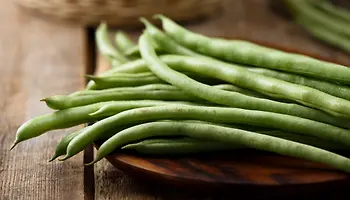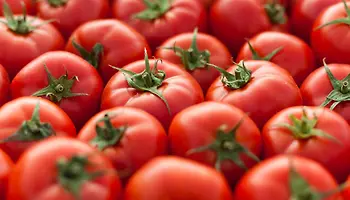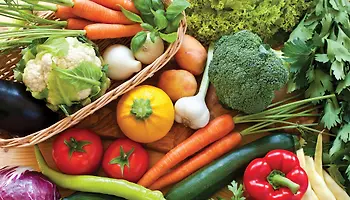Topic: Health & Wellness

Boosting Gut Health with Jerusalem Artichoke: Opportunities for Innovative Food Formulations
Research shows the gut microbiome impacts overall health, not just digestion. As consumers seek digestive support, manufacturers are adding ingredients like Jerusalem artichoke powder, a rich source of prebiotic fiber, to create the next generation of health-focused products.

Federal Food Dye Ban: What You Need to Know
Big changes are coming to the food industry—eight synthetic dyes are on their way out. Discover how Silva’s plant-based ingredients can keep your products vibrant, stable, and ready for the clean-label future.

Dried Ingredients and the Plant-Based Revolution
Plant-based eating is no longer a niche trend—nearly 72 million U.S. households now identify as flexitarian. As demand grows for clean-label, meat-free options with authentic taste and texture, air-dried ingredients are proving essential for consistent flavor, vibrant color, and reliable performance. See how Silva’s dehydrated vegetables, herbs, and spices are helping plant-based food manufacturers create products that satisfy both consumers and production demands.

Horseradish: More Than Just a Condiment
Most people know horseradish as the white, fiery condiment that comes in small jars next to the mustard and ketchup. But as consumers become more interested in bold flavors and functional ingredients, horseradish offers food manufacturers opportunities to create products with both intense taste and interesting health benefits.

Functional Pet Food: Where Nutrition Meets Purpose
The pet food industry continues to grow as owners are willing to spend more and do the necessary research to ensure their pets are eating healthy. For pet food manufacturers, this creates opportunities to develop products with ingredients that deliver specific health benefits while still tasting good to pets.

Green Beans: Simple, Nutritious, and Versatile
Americans eat millions of pounds of green beans each year in both fresh and processed forms, and they appear in everything from frozen dinners to restaurant specialties. But as delightful as they are to consume, they’re also a great source of a wide range of nutrients that are associated with numerous health benefits.

Tomatoes: Healthy, Versatile, and Delicious
Consumers enjoy tomatoes for their bright flavor and versatility, while also benefiting from their substantial nutritional value. Food manufacturers continue to find new ways to include tomatoes in both traditional recipes and unexpected product categories, creating foods that deliver both taste and function.

The Healthiest Spring Vegetables: Nutrient Powerhouses for Product Innovation
Spring is a season of renewal, and the vegetables that arrive with it reflect that spirit. These seasonal harvests have always had a special appeal, but today they’re also shaping product development. What was once just part of seasonal eating is now a platform for innovation, as manufacturers turn to spring vegetables to meet growing demand for nutrition-forward foods made with familiar, trusted ingredients.

Healthiest Winter Vegetables: Nutritional Powerhouses for Product Development
Winter vegetables deliver peak nutrition during the coldest months of the year, offering robust flavor and functional benefits for food manufacturers. From earthy root vegetables to hearty greens, winter produce provides versatile ingredients for creating flavorful, nutrient-dense products across multiple categories. Their exceptional stability and culinary versatility make them valuable components in applications ranging from savory foods to functional beverages.

Health Benefits of Root Vegetables: Natural Nutrition from the Ground Up
Root vegetables are nutritional powerhouses, delivering an impressive combination of essential nutrients, natural flavor, and versatility. For food manufacturers, root vegetables present unique opportunities to develop products that align with growing consumer demand for clean labels, functional benefits, and nutrient-dense options.